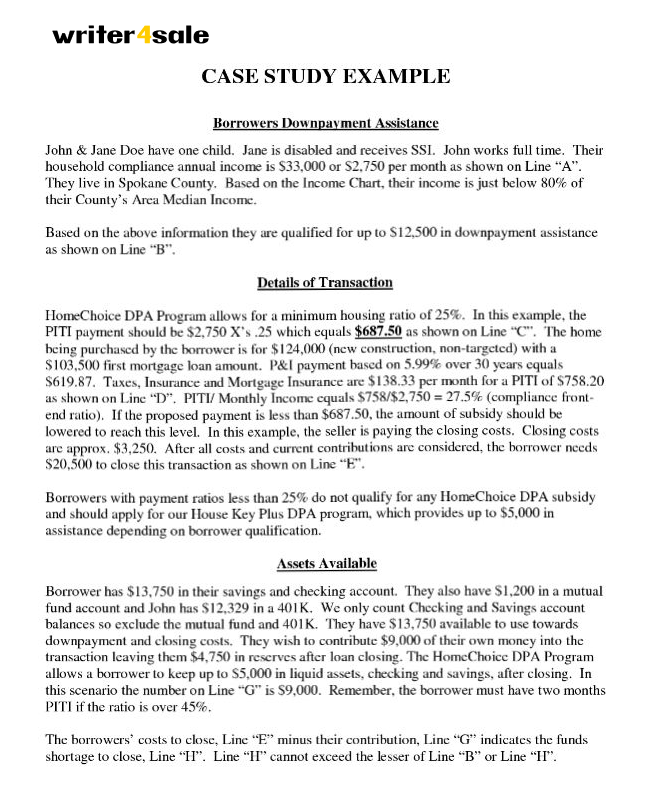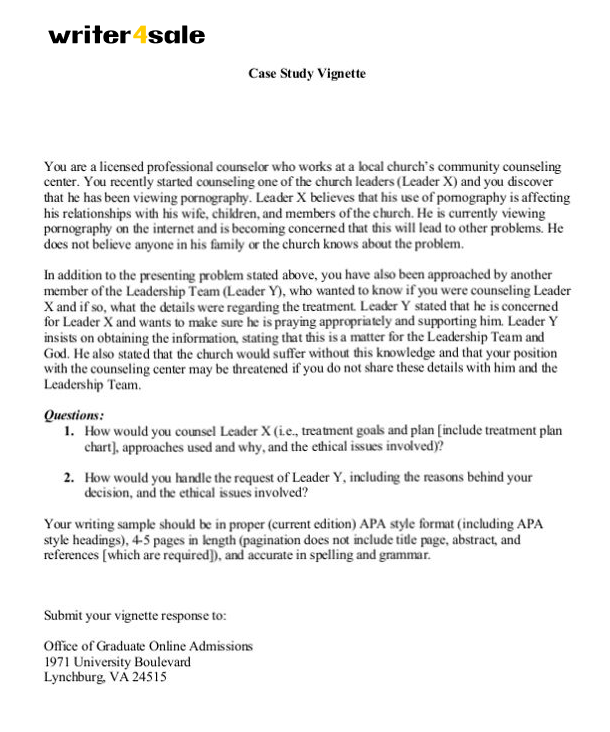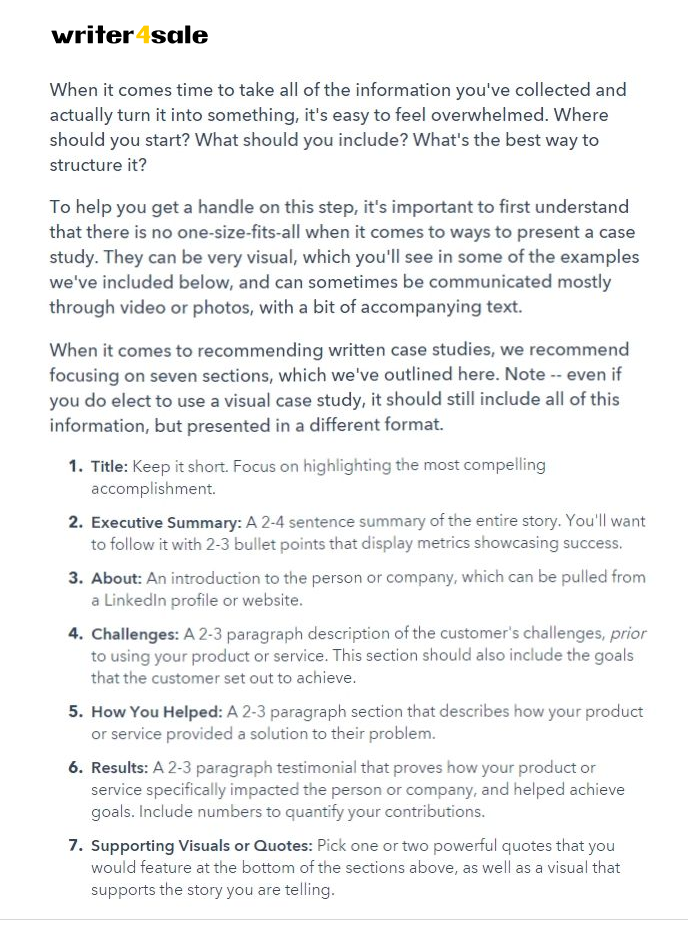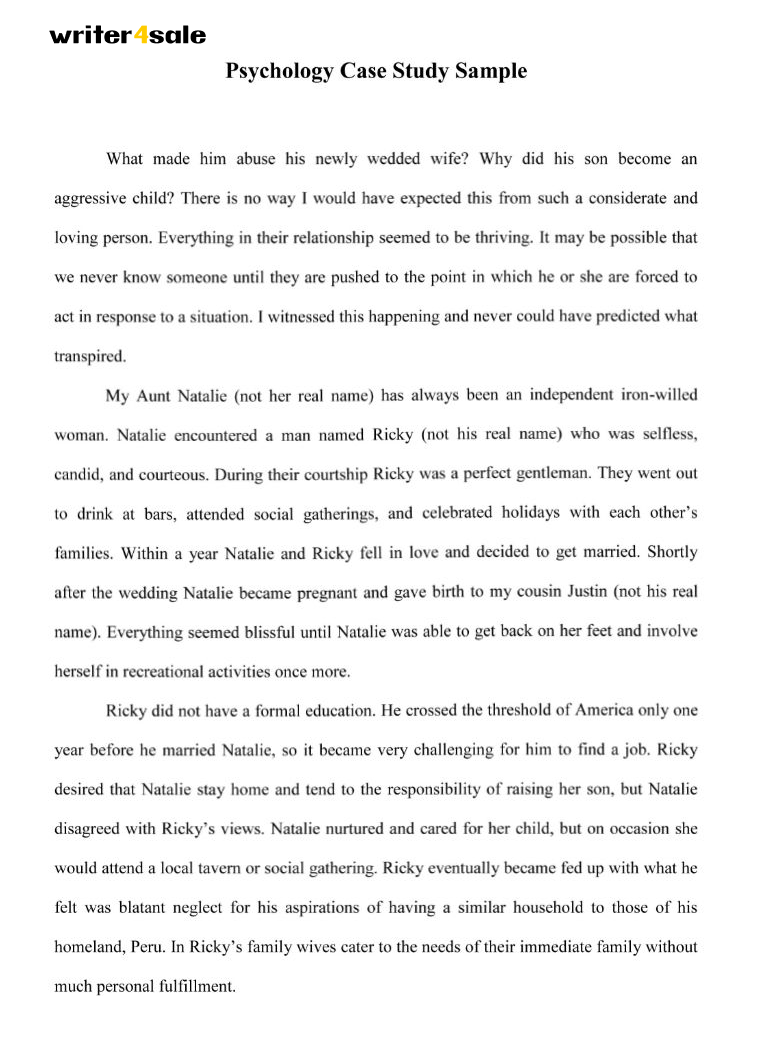Case study definition is an important part of the assignment, as you should first understand what your paper should consist of. Features of a case study have greatly changed during the past years and became a vital part of studying concrete situations and trends in a variety of scientific subjects.
Most commonly a case study is used in psychology, anthropology and social science. This method is very useful in testing theoretical models by applying them in regular life situations.
Case study: definition
To keep a long story short, a case study is a comprehensive study of a certain situation than a simple survey of statistical data. This method is applied to narrow a broad research to a simple and researchable issue.
Such definition may not be the most detailed one but it surely gives an overall idea of what you should do in your work.
This assignment is also used to test all sorts of scientific models or theories, and how they can be applied in everyday life. You can build super modern models of describing how a new hairdryer works but you won’t be able to understand its peculiarities unless you conduct a simulation in a real world.
For anthropologists and psychologists case studies have become a great way of researching, because such a study helps to concentrate on a specific case instead of examining a general picture.
Arguments in favor and against case study design
Some people say that a case study can’t provide valid results and information, because they specialize only on a narrow field and can be an example of a single point of view. However, case studies can provide realistic feedbacks, when compared to statistical results.
As usual, the truth lies somewhere in the middle, so for the best result you should better use two approaches at the same time. You need to conduct a case study but still apply generalized procedures to get a fuller picture.
For example, statistical data may show how much time students use their smart phones. However, only a case study can explain why they do so.
You should also remember about flexibility, when choosing a case study. While scientists mainly concentrate on proving or disproving a hypothesis, results of a case study can be much unexpected and lead to new results and directions.
However, for many specialists, like physiologists and sociologists, case studies and a statistical approach should be on the same scale. Only by using these two methods simultaneously it is possible to understand peculiarities of the problem and know how to apply them to an ecosystem or population.
In addition, case studies are always more interesting than boring statistical results. They concentrate on specific issues, which occupy minds of the target audience at the exact moment.
Samples
Designing and conducting a case study
One of the biggest advantages of a case study is that you can always focus on interesting and relevant cases. You may not only test an existing theory but also invent new directions, applying well-known theories and tools.
The first thing you need to remember is the relevance and the subject of your study. You will need to isolate a certain group of people, a particular case or population. For example, while statistical analysis has shown a decrease in birth rates across Europe, a case study should concentrate on a certain theory to understand causes of such a phenomenon.
You should plan and design the future study and the ways of collecting data. Luckily, there are not so many rules and regulations, so you won’t have to follow a strict pattern, when conducting a case study. However, your data should always be relevant and credible.
The best advice here is to make a list of maximum five points you are planning to address during the research. In such a way you will be focused on the main problem and won’t include irrelevant information.
Remember that you need to remain quite passive, when conducting a case study. While conducting a survey or questionnaire may require your involvement, with a case study you need to simply watch the process without much interference.
Analysis of the results
Case study analysis is one of the key sections of the research and is mainly based on your own opinion, not on statistical methods. This means that you should gather all the obtained details and try to build a narration around it.
Fill your report with examples to keep the text interesting and live. Don’t forget to include numbers and various data but don’t make them the key aspect of the work. If you feel like you are losing focus, get back to the list of bullet points to get yourself on track.
Another advice is to write as if the reader doesn’t know a thing about the discussed matter. Your study should be based on personal opinion and stir a discussion, so there are no right or wrong results.






